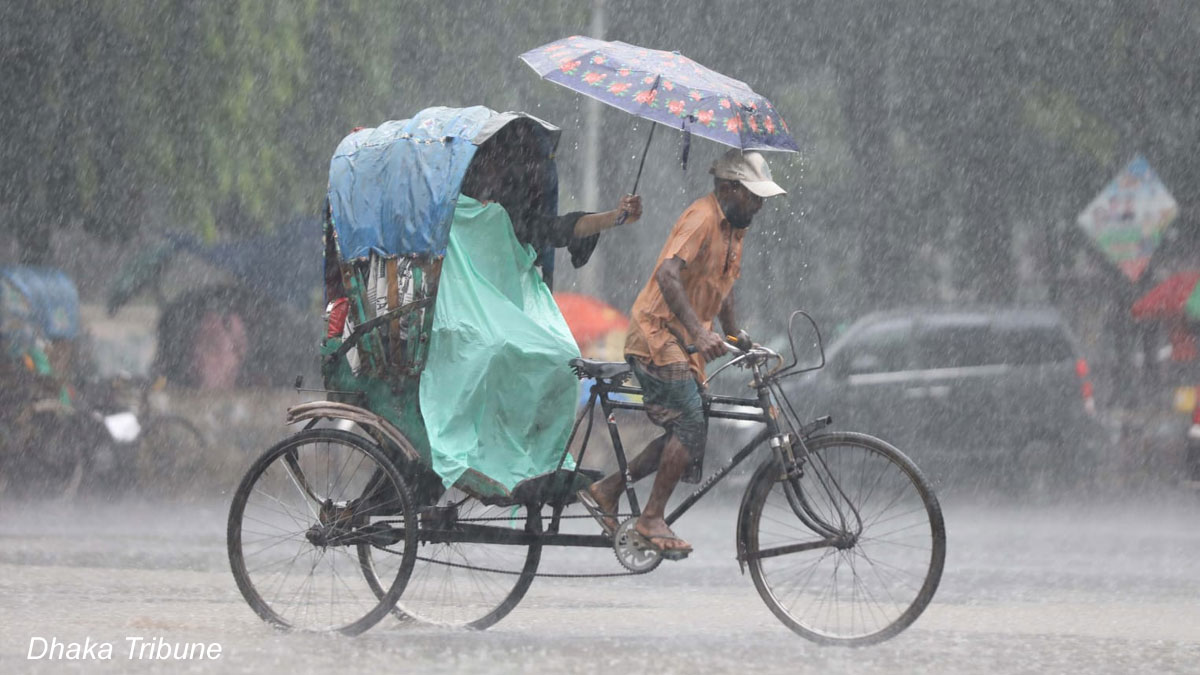The Karnaphuli Tunnel, located in Chattogram, Bangladesh, is a marvel of modern engineering and the country’s first underwater expressway. Constructed under the Karnaphuli River, the tunnel aims to boost connectivity between mainland Bangladesh and the isolated southern region. Its unique design and strategic impact make it one of Bangladesh’s most iconic infrastructure projects in recent times.

About the Karnaphuli Tunnel
The Karnaphuli Tunnel is a 9.0 km long underwater expressway carrying a 4-lane highway across the Karnaphuli River. Of this, 3.32 km is underwater. The tunnel starts from the Anwara upazila on the southern banks of the river in Chattogram and emerges on the other side at Patenga. It has a width of 10.80 metres and a height of 7.20 metres.
The two-tube tunnel system consists of separate tunnels for each direction of travel. It is designed to handle traffic at a speed of 80 km/hr. The construction used drill-and-blast methods carried out by powerful TBM (Tunnel Boring Machine) technology. State-of-the-art electromechanical systems like ventilation, monitoring, communication and safety mechanisms have been implemented.
The project is implemented by the Bangladesh Bridge Authority and China Communications Construction Company. The construction cost of Taka 9,880 crore was funded by Exim Bank of China under a PPP framework. In 2021, Prime Minister Sheikh Hasina formally inaugurated the Karnaphuli tunnel.
Significance of the Karnaphuli Tunnel
Strategic Impact
- The tunnel establishes a key expressway linking Chattogram port to the rest of Bangladesh. This fortifies national transport networks and domestic connectivity.
Regional Development
- The tunnel integrates the isolated southern Chattogram region with the national economy. This facilitates trade and mobility boosting regional growth.
Economic Benefits
- The tunnel is estimated to bring over Taka 8,000 crore annual economic gains for Bangladesh by reducing transportation costs and travel time.
Trade Facilitation
- The tunnel allows easy passage of freight cargo from the Chattogram port to the rest of Bangladesh. This aids the country’s international trade.
National Progress
- The tunnel marks a major milestone for the country’s infrastructure and technological capabilities, advancing Bangladesh’s development.
Key Features of the Karnaphuli Tunnel
Pioneering Underwater Design
- The Karnaphuli tunnel is Bangladesh’s first underwater tunnel. Its cutting-edge hydraulic architecture is designed to withstand major river currents.
Multilayered Tube System
- The presence of separate tubes for each direction with connecting passageways enhances safety and ventilation inside the tunnel.
Modern Safety Features
- It has modern fire control, auto-incident detection, emergency phones, CCTV monitoring, speed control and automated signalling systems.
Sophisticated Ventilation
- Advanced ventilation technology supplies fresh air and removes vehicular fumes and heat through air ducts and shafts.
Integrated Monitoring
- Automated sensor systems continuously monitor tunnel operations, environment, and security parameters.
Durable Construction
- Hard rock TBM boring, earthquake-resistant design, and thick concrete lining give the tunnel sturdiness and longevity.
Elaborate Lighting
- Artificial lighting recreates daylight environments, with luminous wall panels and overhead lighting.
Challenges in the Tunnel’s Construction – Karnaphuli Tunnel
Complex Geology
- The underwater terrain below the Karnaphuli riverbed posed challenges during boring through hard rock layers.
River Environment
- The tunnel needed complex water sealing and monitoring systems to withstand high water pressure and riverbed erosion.
Urban Setting
- Construction logistics were complicated by the dense neighbourhoods and structures around the tunnel portals.
Maintaining Safety
- Strict safety standards had to be upheld for construction workers in the hazardous underwater conditions.
Ensuring Stability
- Numerous stability tests were conducted before approval to ensure the tunnel’s equilibrium and prevent leakage.
Impact of the Karnaphuli Tunnel
Improved Regional Connectivity
- The tunnel drastically reduces travel time between key southern districts and the rest of Bangladesh.
Boost for Trade
- Easier passage of cargo between Chattogram Port and Dhaka/other areas gives a major boost to trade.
Faster Transport of Goods
- Goods transport between Bangladesh and its eastern neighbours via Chattogram will be faster.
Opportunities for the Southern Region
- The South of Chattogram will see industrial growth and tourism due to increased connectivity.
Economic Growth
- Reduced transportation costs and travel time contribute significantly to GDP growth and development.
Urban Development
- The tunnel facilitates planned urban expansion on both banks of the Karnaphuli river.
Enhanced Strategic Access
- The tunnel strengthens national defence capabilities by enabling faster mobility of armed forces.
Here are some frequent questions on the landmark Karnaphuli Tunnel
Where is the Karnaphuli Tunnel located?
- The Karnaphuli Tunnel passes under the Karnaphuli River in Chattogram, Bangladesh connecting Anwara upazila to Patenga.
What is the total length of the tunnel?
- The Karnaphuli Tunnel is 9 km long in total. Of this, 3.32 km is underwater below the riverbed.
How many tubes are there in the tunnel?
- It has a two-tube design with separate tunnels for traffic moving in each direction, and cross-passageways connecting the tubes.
When did construction begin and complete?
- Construction started in December 2015 and was completed in December 2020. The tunnel opened to traffic in 2021.
What was the construction cost?
- The reported construction cost was approximately Taka 9,880 crore funded by a Chinese company under a PPP model.
How does the tunnel contribute to Bangladesh’s development?
- The tunnel integrates southern Bangladesh with the rest of the country facilitating trade, transport and economic growth. It also promotes national defence capabilities.
What technology was used to build the tunnel?
- Advanced TBM tunnel boring technology along with sophisticated design and safety engineering were utilised in the tunnel’s construction.
How does the tunnel benefit trade through Chattogram port?
- It allows easy cargo transport between the port and domestic destinations putting Chattogram at the heart of international trade.
How deep is the tunnel under the river?
- The tunnel passes 35 to 78 metres below the riverbed. This depth was chosen to avoid hazards from water currents and vessels.
Does the tunnel reduce travel time? How much?
- Earlier the Cox’s Bazar-Chattogram road journey took 4-5 hours. The tunnel cuts this time to just 1.5 hours.




